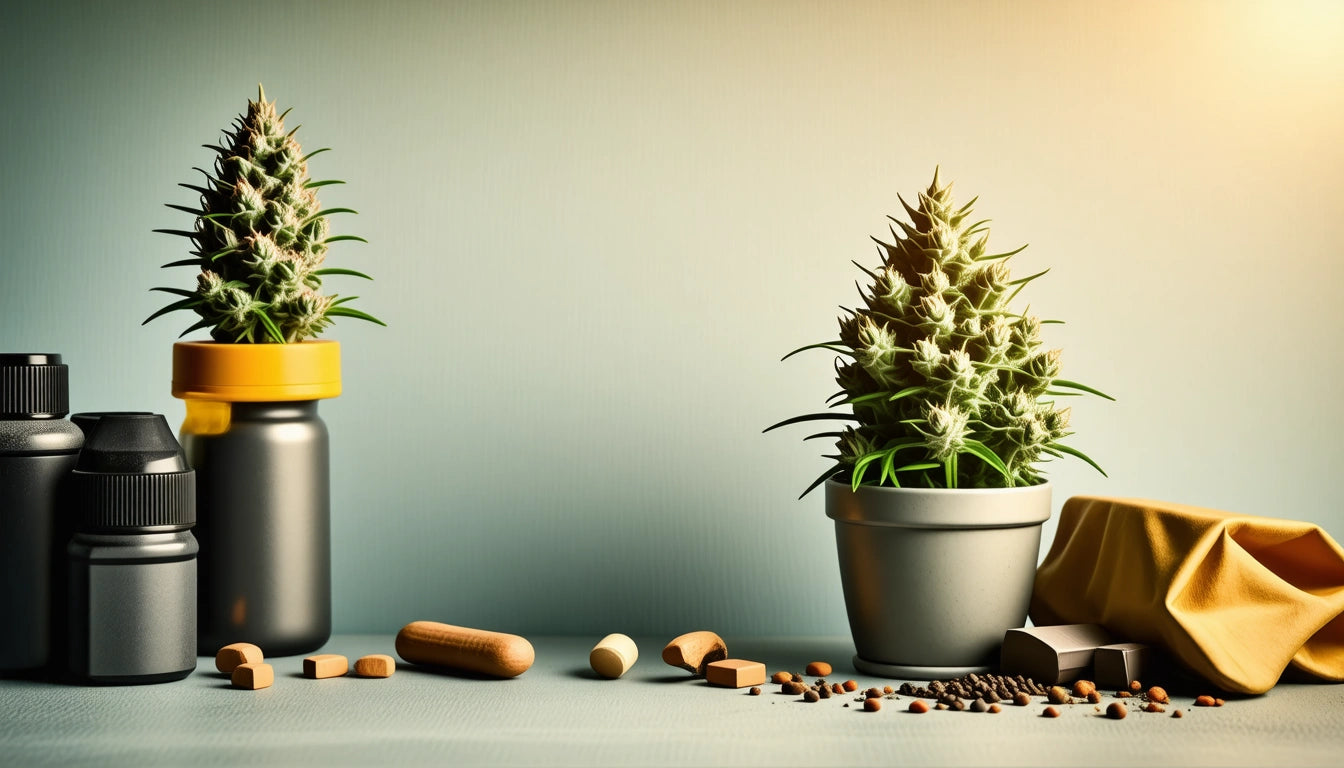Table of Contents
- Basics of Drug Screenings: What They Are and How They Work
- Types of Drug Screening Methods: Sample Collection and Analysis
- Frequency of Drug Testing: How Often Is Random Drug Testing Done?
- Detection Windows: How Long Substances Remain Detectable
- Accuracy and Limitations of Drug Screening Tests
- Preparing for Drug Screening: What to Expect
- Future of Drug Screening Technology: Innovations and Trends
Understanding Drug Screenings: How They Work and Frequency of Testing
Drug screenings have become a standard procedure in many workplaces, healthcare settings, and legal contexts. These tests aim to detect the presence of illicit substances or prescription medications in a person's system. Understanding how drug screenings work and how frequently they occur can help individuals navigate testing situations with confidence and clarity.
Basics of Drug Screenings: What They Are and How They Work
Drug screenings are diagnostic procedures designed to identify the presence of specific substances in biological samples. According to resources on drug screening tests, these screenings typically look for evidence of recent drug use rather than measuring impairment or intoxication levels.
Most drug screenings operate on immunoassay technology, which uses antibodies to detect drug metabolites. When a substance enters the body, it undergoes metabolic processes, creating byproducts that remain in bodily fluids for varying periods. These metabolites serve as chemical signatures that screening tests identify.
Types of Drug Screening Methods: Sample Collection and Analysis
Urine Testing
Urine testing remains the most common method for workplace drug screening. Urine drug screens typically test for 5-10 substances, including marijuana, cocaine, amphetamines, opioids, and PCP. The collection process usually involves providing a sample in a private bathroom, with temperature strips to verify freshness.
Saliva Testing
Oral fluid testing offers a less invasive alternative with a shorter detection window. These tests can be administered on-site without requiring special facilities, making them increasingly popular for roadside and workplace testing.
Hair Testing
Hair follicle tests provide the longest detection window, capturing drug use over the previous 90 days. This method involves cutting a small sample of hair close to the scalp. While harder to adulterate, these tests are more expensive and typically reserved for high-security positions or legal proceedings.
Blood Testing
Blood tests offer the most accurate results but are invasive and have the shortest detection window. They're commonly used in medical settings and cases requiring precise measurement of active drug presence.
Frequency of Drug Testing: How Often Is Random Drug Testing Done?
The frequency of random drug testing varies significantly across industries, employers, and regulatory frameworks. For safety-sensitive positions in transportation, healthcare, and construction, testing may occur quarterly or even monthly. In less regulated environments, annual or semi-annual testing is more common.
Random testing programs typically select employees using computer-generated randomization to ensure fairness. According to employment drug testing resources, federal guidelines recommend testing about 50% of safety-sensitive employees annually, translating to each employee having approximately a 50% chance of being tested in any given year.
Industries with specialized equipment, like those using industrial processing machinery for manufacturing or production, often maintain stricter testing protocols due to safety concerns and equipment operation requirements.
Detection Windows: How Long Substances Remain Detectable
Detection windows vary by substance and testing method:
- Marijuana: 3-30 days in urine (depending on usage frequency), 24-72 hours in saliva, up to 90 days in hair
- Cocaine: 2-4 days in urine, 24-48 hours in saliva, up to 90 days in hair
- Amphetamines: 2-4 days in urine, 24-48 hours in saliva, up to 90 days in hair
- Opioids: 2-4 days in urine, 24-36 hours in saliva, up to 90 days in hair
- Alcohol: 12-24 hours in urine, up to 12 hours in saliva, up to 90 days in hair (as EtG)
These timeframes can be influenced by factors including metabolism, body mass, hydration levels, and frequency of use.
Accuracy and Limitations of Drug Screening Tests
While drug screenings provide valuable information, they have limitations. Initial immunoassay screenings may produce false positives from certain medications, foods, or supplements. This is why positive results typically undergo confirmation testing using more specific methods like gas chromatography/mass spectrometry (GC/MS).
According to research on testing controversies, accuracy rates for properly administered tests with confirmation are generally above 95%. However, collection procedures, sample handling, and laboratory practices can all impact reliability.
Preparing for Drug Screening: What to Expect
When facing a drug screening, preparation can reduce anxiety and ensure a smooth process:
- Disclose all prescription medications to the testing facility
- Bring identification and any required documentation
- Follow any pre-test instructions regarding food, drink, or medication timing
- Understand your rights regarding privacy during collection
- Be aware of your organization's policies regarding positive results
For comprehensive preparation guidance, this guide to drug testing offers detailed information on procedures and protocols.
Future of Drug Screening Technology: Innovations and Trends
Drug screening technology continues to evolve, with several emerging trends shaping the future landscape. Point-of-care testing with rapid results is becoming more prevalent, reducing the wait time from days to minutes. Additionally, fingerprint-based drug testing, which analyzes sweat deposits on fingerprints, offers a non-invasive alternative with promising accuracy.
As marijuana legalization expands, employers are increasingly focusing on impairment testing rather than presence testing. These tests measure cognitive function and reaction time rather than detecting metabolites, potentially offering a more relevant assessment of workplace safety concerns.
Understanding how drug screenings work and how often random testing occurs empowers individuals to navigate these procedures confidently. Whether for employment, legal compliance, or healthcare purposes, knowledge about testing methods, detection windows, and accuracy considerations provides valuable context for anyone subject to drug screening protocols.











Leave a comment
All comments are moderated before being published.
This site is protected by hCaptcha and the hCaptcha Privacy Policy and Terms of Service apply.